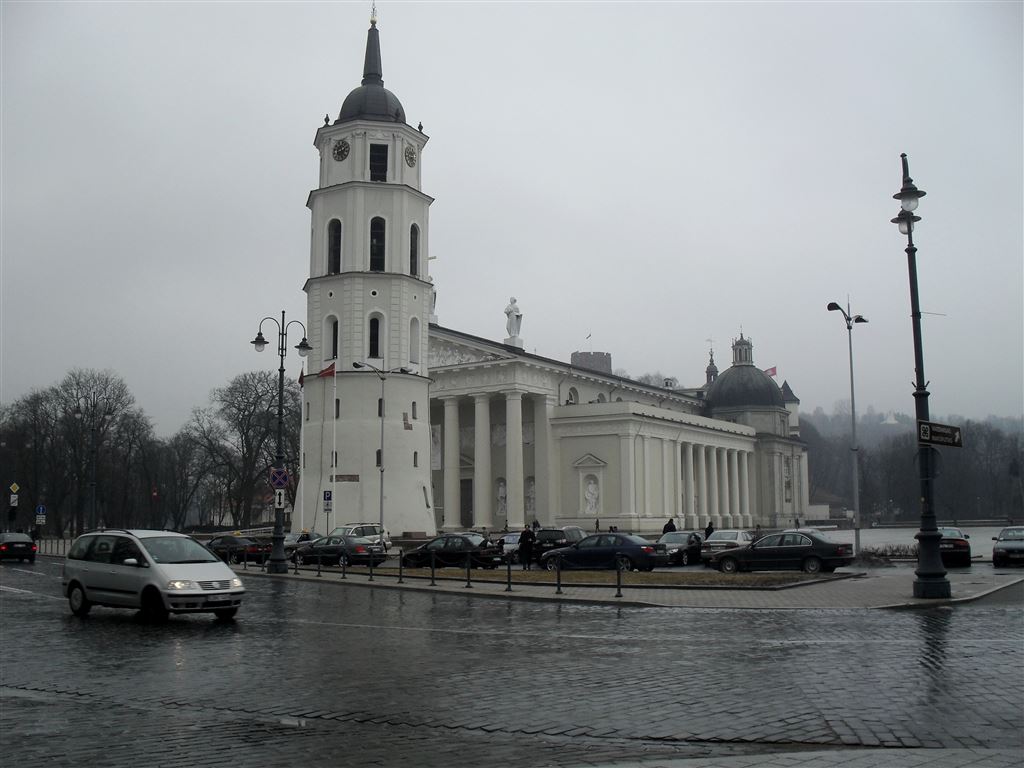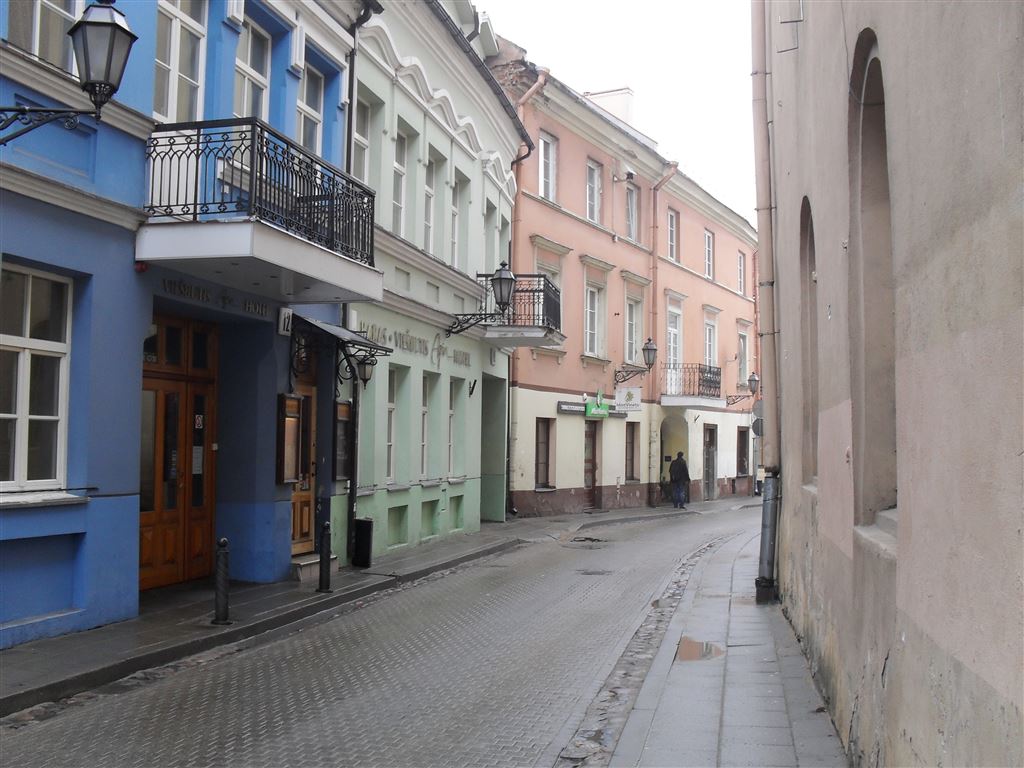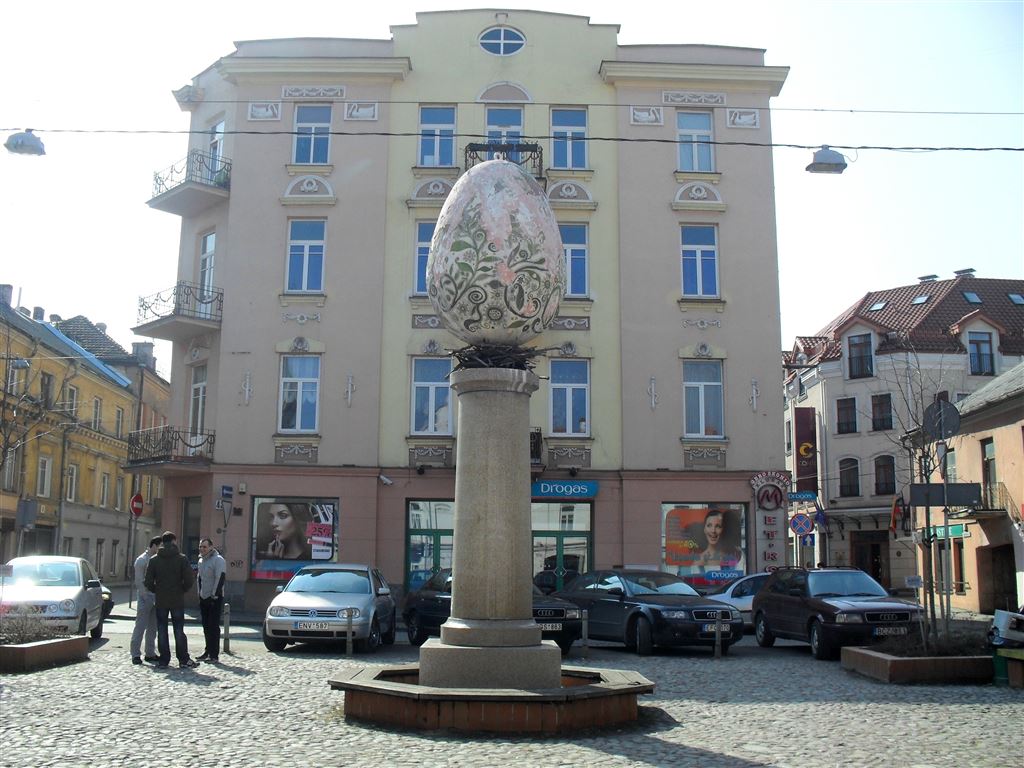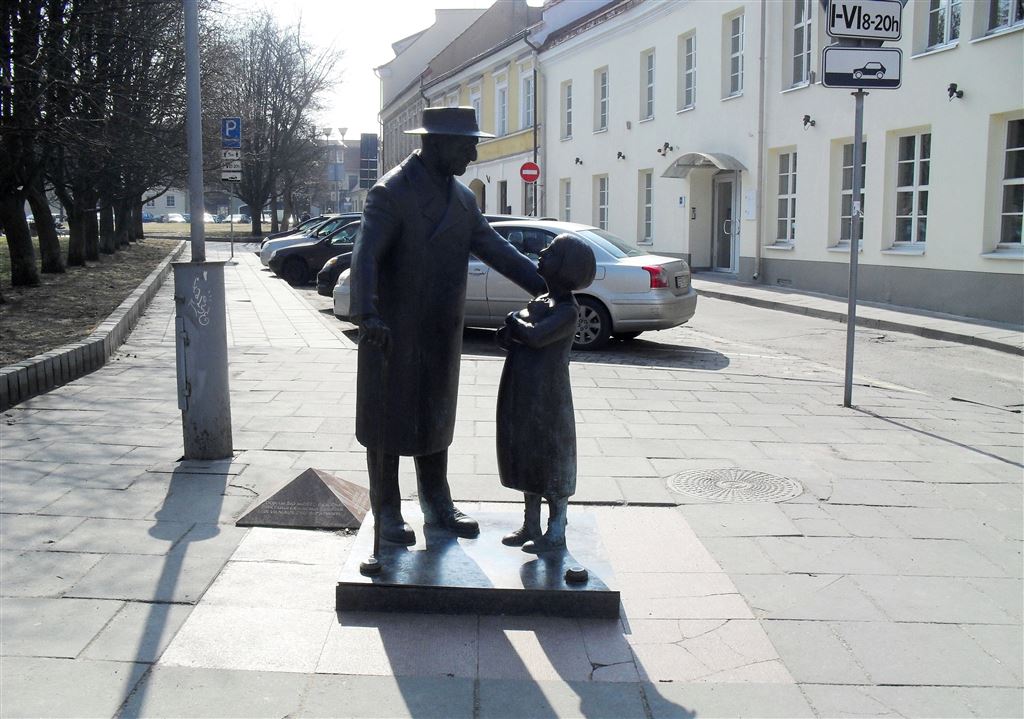It’s been a long time ago, a whole lot of ages have passed… So long that it seems as if it happened in the past life. Lithuania arose in my thoughts while working on a group project during my studies in Wageningen, The Netherlands. And this beautiful Baltic country instilled a sense of tenderness in my soul, just from the very first moments. It seemed as if we matched with the echoes in our heart and soul…
A world away from the noisy routine and harsh life patters, Lithuania stood in front of my imagination as a platter of pristine land, where you’ll not struggle to preserve the tiny cells of nature, where noise would not disturb your inner peace, where a sense of solitude will delight you endlessly. This is how I fancied Lithuania from miles away.
I fell in Love with this land from the moment I heard its name. It resounded as a tender echo in my soul.
Lithuania is one of the three and the largest of the Baltic states, who (yes, do not correct me, as for me it is Who. Lithuania is a breathing land of feminine gender and She adorns the other Baltic states with its feminine presence) stands gently in the southernmost corner of the Baltic grandeur.
In Spring 2011, a gentle thought twinkled in my mind, which prompted: I wish to do a comparison study between Lithuania and Armenia for my Master’s thesis. So, I went to Lithuania for research. My aim was to dive deeper into the childhood memories of nature in this pristine land and to explore their relationship with personality formation. And this research period gave me a nice opportunity to travel around in this beautiful country and to delve deep into its soul.
In March 2011, I arrived in Vilnius. The city greeted me with Lithuanian rain and wind, which was not surprising by taking into consideration the time of the year: as it was the end of March and the Earth did not accustom yet to the shift of seasons.

The wind blew me through the lovely streets and alleys of Vilnius and helped me to get a better taste of the real Baltic feel:

Step by step, mile upon mile, walking along the alleyways I discovered softness in the air. Despite its Soviet influence, the city could preserve its gentle soul untouched.
As you may know, Vilnius is famous with its baroque architecture, lined up with buildings of soft white and light colours. In 2009, it became the European Capital of Culture. When looking deep into its etymology, we see that the city’s name derives from the River Vilnia, a 79.6 km long river originating from the Lithuanian-Belarusian border.
The Vilnius Tourist Office is organized quite well and offers routes on different tastes: gastronomic, romantic, cultural and historic, literary tours. I waited for a couple of days until the sun re-shined and went to observe the city from upside down. So I approached Vilnius Tourist Office and they gave me booklets with information on the language of my choice: Russian and English. From the routes described there, the literary one fancied me the most. One by one, I followed the steps depicted in there and found myself in a story from the book. For a while, I felt as if I was the character from a book that was chasing her destiny in the lovely streets of Vilnius.
The literary tour introduced me to the Jewish quarter of the city and then to this ornamental egg sculpture that looked like a marvellous work of art. Formerly, there has been a bird market in this very place. Hence, the presence of the huge egg sculpture is no surprise in the same spot, at the crossroads of the streets Pylimo, Šv. Stepono and Raugyklos. The decorative sculpture has been repainted several times, so obviously at the moment it does not look the same way as in the photo, which was taken back in April 2011:

The pretty-engaging route took me to the statue of Zemach Shabad, who was a Jewish doctor. Shabad was considered as a prototype of Doctor Aybolit, due to his immense love for children. And this statue perfectly illustrates his endless love and care for children:

Next, my literary companion introduced me to a list of unique pieces of sculpture and architecture. Nevertheless, here I will list a couple of the major spots that should not be missed while in Vilnius:
Gediminas Castle and Gediminas Tower- a symbol of Lithuania. Gediminas was a Grand Duke of Lithuania.
The Royal Palace of the Lower Castle- situated just some steps down from Gediminas Tower.
Uzupis quarter- small republic inside Vilnius, filled with miraculous corners to be discovered.
Lovers’ bridge or a Bridge of Uzupis
Vilnius University- even if you are not planning to study in Vilnius, please pay a visit to this site. Vilnius University is famous with its astronomical observatory, 13 courtyards and a library.
Vilnius as a capital is truly enticing. Getting a dose of enchantment in the capital, I wished to visit other places, too in the beautiful Lithuania, to get closer to nature. Trakai was the first one on the list. Nestled 28 km away from Vilnious, to the South-West from the capital is a real gem of nature- Trakai Island, with a fortress dating back to the 14th century. The fortress is surrounded by marvellous panorama with the Lake Galve cuddling warmly the historic castle. In the present days, the Island castle is home to Trakai History Museum, but previously it has been a residence of the Grand Dukes of Lithuania. For the lovers of natural sceneries filled with historical value, Trakai Island is a true jewel.
Got a taste of unique combination of history and nature? Now it’s the time to head off to the second largest city of Lithuania- Kaunas. Although my visit to these two was realized in a reverse sequence, Kaunas made a lasting impression on me. In spite of the fact that Kaunas is the second largest city of the country, in the past it has been a centre of Lithuanian cultural and academic life. As the legend says, Kaunas was founded by the Romans and its name was given in honour of Kunas who was the son of the patrician Palemon and who built a fortress at the confluence of two rivers- Neris and Nemunas. In the very conjunction of these rivers is the present-day city of Kaunas.
During my combined research tour to Lithuania, I could only visit the above-mentioned three sites. But Lithuania offers plenty of relaxation and sightseeing opportunities for travellers of varied tastes. As a Baltic country, Lithuania has sea ports and beaches on the Baltic Sea. For sea resort holidays, the summertime is perfect, though even in summer it can be somehow cool outside, especially near the waterfront.
Along with travel, my research showed that Lithuanian’s childhood memories of nature are mostly linked with water areas, like lakes, rivers and the sea. This made me believe that Lithuanians are closely attached to water areas just from the early childhood or even birth.